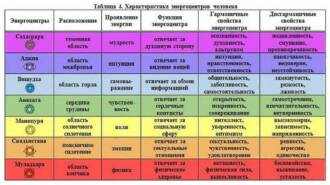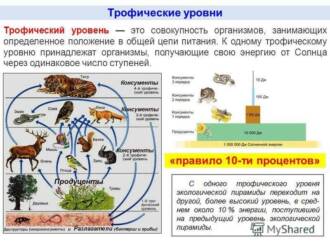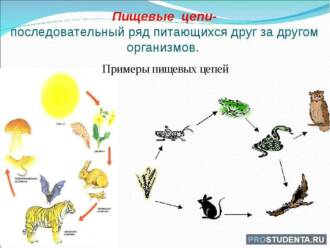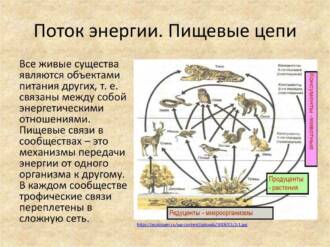
Butterflies play an important role in the food chain and have deep symbolic meaning in nature. Despite their tenderness and beauty, they perform an important function in maintaining the balance of the ecosystem. Butterflies are not only an object of admiration and inspiration for people, but they are also a key link in the food chain for many other animals.
Butterflies are an important food source for birds, lizards, frogs and other predators. They are also pollinators of many plants, making them indispensable for biodiversity conservation. Butterflies help spread pollen and ensure the fertilization of plants, which in turn affects the reproduction process and the conservation of species.
Butterflies also have deep symbolic meaning in various cultures and religions. In many traditions, they are associated with transformation, resurrection and spiritual growth. The butterfly has become a symbol of change and transformation, personifying the departure from the past and rebirth into a new life.
Thus, butterflies are important players in the food chain and have significance not only in a biological but also in a symbolic sense. Their presence and preservation in nature is necessary to maintain the balance of the ecosystem and the continuation of life on the planet.
The symbolic meaning of butterflies
Butterflies have a deep symbolic meaning in various cultures and beliefs. They are often associated with transformation, change and freedom. The butterfly is a symbol of transformation as it goes through the stages of its life cycle: from a caterpillar, to a chrysalis, and finally to a beautiful creature with wings.
In some cultures, the butterfly is considered a symbol of the soul or spirituality. She can be the embodiment of the souls of the dead or a messenger from other worlds. Also, a butterfly can symbolize resurrection or rebirth after death.
The symbolic meaning of butterflies is also associated with the ephemerality of life and the short duration of existence. Their beauty and tenderness remind us that life is precious and unique, and that every moment should be enjoyed.
Butterfly can also be a symbol of lightness and frivolity. Its volatility and independence from earthly attachment can serve as a reminder to not attach too much importance to material things and strive for spiritual development.
In general, the symbolic meaning of butterflies is multifaceted and may have different interpretations depending on the cultural and religious context. However, their beauty and uniqueness always attract attention and inspire us to search for deep meaning in our own lives.
Butterflies in the food chain

Butterflies play an important role in the food chain, participating in maintaining the balance of nature. They are important links in the food chain, serving as a source of food for many other animals.
Many birds, for example, feed on butterflies and their caterpillars. They use them as a valuable source of protein necessary for their growth and development. Butterflies are also food for some mammals such as bats and some types of lizards.
Butterflies also have an important ecological function in the distribution of plant pollen. They feed on nectar, which contains pollen, and carry it from one flower to another. Thus, they contribute to the pollination of plants and ensure their reproduction.
However, butterflies also face threats from habitat loss and pesticide use. This can lead to a reduction in their numbers and even the extinction of some species. Therefore, it is important to conserve their habitats and apply more environmentally friendly farming methods.
The role of butterflies in the ecosystem
Butterflies play an important role in the ecosystem, acting as plant pollinators and being part of the food chain. They are one of the main pollinators, transporting pollen between plants, which contributes to their reproduction and the conservation of biodiversity.
Butterflies are also food for many animals, including birds, frogs, lizards, and insectivorous mammals. They serve as a food source for these species, maintaining a balance in the food chain and ensuring the survival of other organisms.
Some species of butterflies also serve as indicators of the ecological state. Changes in the abundance or diversity of butterflies may be indicative of changes in the environment, such as pollution or destruction of their habitats. Therefore, the conservation and protection of butterflies is essential to maintain the biological balance and health of the ecosystem.
The importance of butterflies for plants
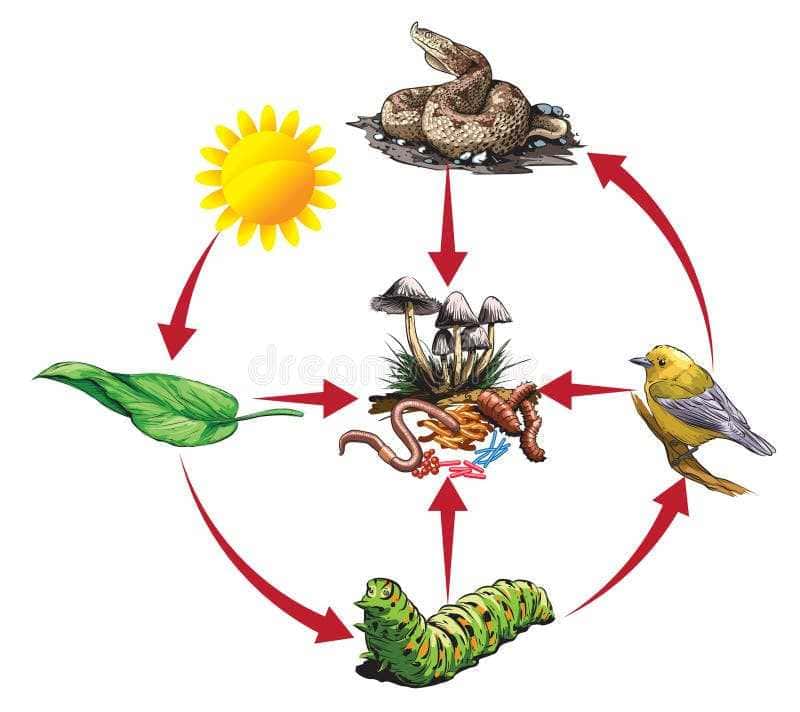
Butterflies play an important role in the life cycle of plants and are an integral part of the food chain in nature. These delicate and beautiful insects act as pollinators, transferring pollen between flowers, which promotes fertilization of plants and ensures the formation of fruits and seeds.
Butterfly pollination allows plants to reproduce and maintain their species. They are attracted to flowers due to their bright colors and sweet nectar. When visiting a flower, butterflies leave pollen on it, which, on the next visit by other insects or the wind, can land on the pistils of another flower, leading to pollination.
The importance of butterflies to plants is also evident in their role as predators. Some species of butterflies feed on plant pests such as caterpillars, which can cause significant crop damage. Butterflies are a natural pest population regulator, which contributes to the conservation of plants and maintaining the balance in nature.
Butterflies as indicators of ecological state
Butterflies are important indicators of the ecological state, since their presence and diversity in a certain region indicate the quality of the environment. Changes in the abundance and diversity of butterflies can indicate disturbances in the biological balance and health of the ecosystem.
One of the main factors affecting the butterfly population is the presence and diversity of vegetation. Butterflies are pollinizers of many plants, and their presence in a certain region indicates the availability of food resources for them. If butterflies disappear from an area, this may be due to the disappearance of certain plant species or the violation of their natural environment.
In addition, butterflies are sensitive to climate change. Many species of butterflies have a specific temperature and humidity range in which they can thrive. Changes in climate, such as rising temperatures or reduced rainfall, can lead to declines in butterfly populations and diversity.
Therefore, the study of butterflies and their populations is an important tool for assessing the state of the environment and taking measures for its conservation. Butterfly abundance and diversity data can be used to identify natural reserves, develop plans for ecosystem restoration, and control pollution.
Interaction of butterflies with other animals

Butterflies play an important role in the food chain and interact with other animals at different levels. Some species of butterflies are food for other animals, including birds, frogs, and insectivores.
Predators
Butterflies can become prey for various predators such as birds, spiders and lizards. Some birds, such as tits and swallows, actively hunt butterflies in flight. They use their agility and speed to catch their prey in the air. Spiders can also trap butterflies in their webs using their agility and ability to disguise themselves.
parasites
Some species of butterflies can be infested with parasitic insects such as ichneumons and caterpillars. The riders lay their eggs on the butterfly caterpillars, and when the eggs hatch, the riders begin to feed on the caterpillar's tissue, which can lead to its death. This is one of the ways to control the butterfly population and maintain the balance in nature.
Interaction with plants
Butterflies also interact with plants on which they feed in the caterpillar stage. They can damage the leaves and stems of plants, but are also important pollinators. Butterflies carry pollen from one flower to another, contributing to the pollination and reproduction of plants. This interaction is important for maintaining plant diversity and biological balance in an ecosystem.
Butterflies and their impact on insect populations

Butterflies are an important link in the food chain and play a significant role in maintaining the balance of nature. They are predators of many insect species, including crop pests, and help control their populations.
predator butterflies play an important role in controlling the number of insect pests. They feed on the larvae and eggs of harmful insects, which helps to reduce their population and prevent the occurrence of epidemics. In addition, some species of butterflies may also feed on adult insect pests.
An important role in maintaining the balance of insect populations is also played by pollinating butterflies. They carry pollen between plants, facilitating their pollination and ensuring the reproduction of many plant species. Through this process, fruits and seeds are formed, which are food for many animals and birds.
Some types of butterflies also play a role bioindicators environmental conditions. Changes in their populations may indicate the impact of various factors such as air pollution, climate change, habitat loss and pesticide use. Therefore, the protection and conservation of butterfly populations is important for assessing the ecological state and sustainability of the ecosystem.
In general, butterflies play an important role in the food chain and the maintenance of biodiversity. Their presence and diversity in ecosystems is an indication of their health and resilience. Therefore, the protection and conservation of butterfly populations is of great importance for maintaining the balance of nature and preserving the ecosystems of our planet.
The symbolic meaning of butterflies in different cultures
Butterflies are a symbol of transformation and change in many cultures around the world. In different religions and mythologies, butterflies are associated with the soul, spiritual awakening and freedom.
In Greek mythology the butterfly is associated with the soul and embodies the idea of spiritual rebirth. It symbolizes the transformation of the soul after death and rebirth into a new life.
In Chinese culture the butterfly is a symbol of happiness and love. It is associated with marriage and family well-being. Butterflies are also considered a symbol of femininity and beauty.
In Indian culture the butterfly symbolizes spiritual awakening and freedom. It represents the transformation of the soul and the possibility of overcoming limitations.
In Japanese culture the butterfly is associated with spiritual transformation and elevation above the material world. It also symbolizes beauty and elegance.
In Mexican culture the butterfly is associated with the Day of the Dead and is considered a symbol of the dead soul. Her transformation from a caterpillar into a butterfly is perceived as a symbol of eternal life and rebirth.
Butterflies in art and literature
Butterflies, as a symbol of nature and beauty, often inspire artists and writers. They are one of the most popular themes in art and literature because their beautiful shape and vibrant colors reflect the wonder of nature and can serve as inspiration for creativity.
In art: Butterflies are often depicted in paintings and sculptures, symbolizing beauty and lightness. The graceful shapes and bright colors of butterflies make them a popular motif in painting and graphics. They can be depicted as a separate object or in composition with other elements of nature.
In literature: Butterflies are also often mentioned in literature as a symbol of change and transformation. They can be used to express the idea of growth, overcoming obstacles and transformation. Butterflies can serve as a symbol of freedom as the characters in the book are freed from their limitations and become happier and full of life.
Thus, butterflies play a significant role in art and literature, reflecting nature and inspiring us with their beauty and symbolic meaning.
Butterfly conservation and impact on biodiversity
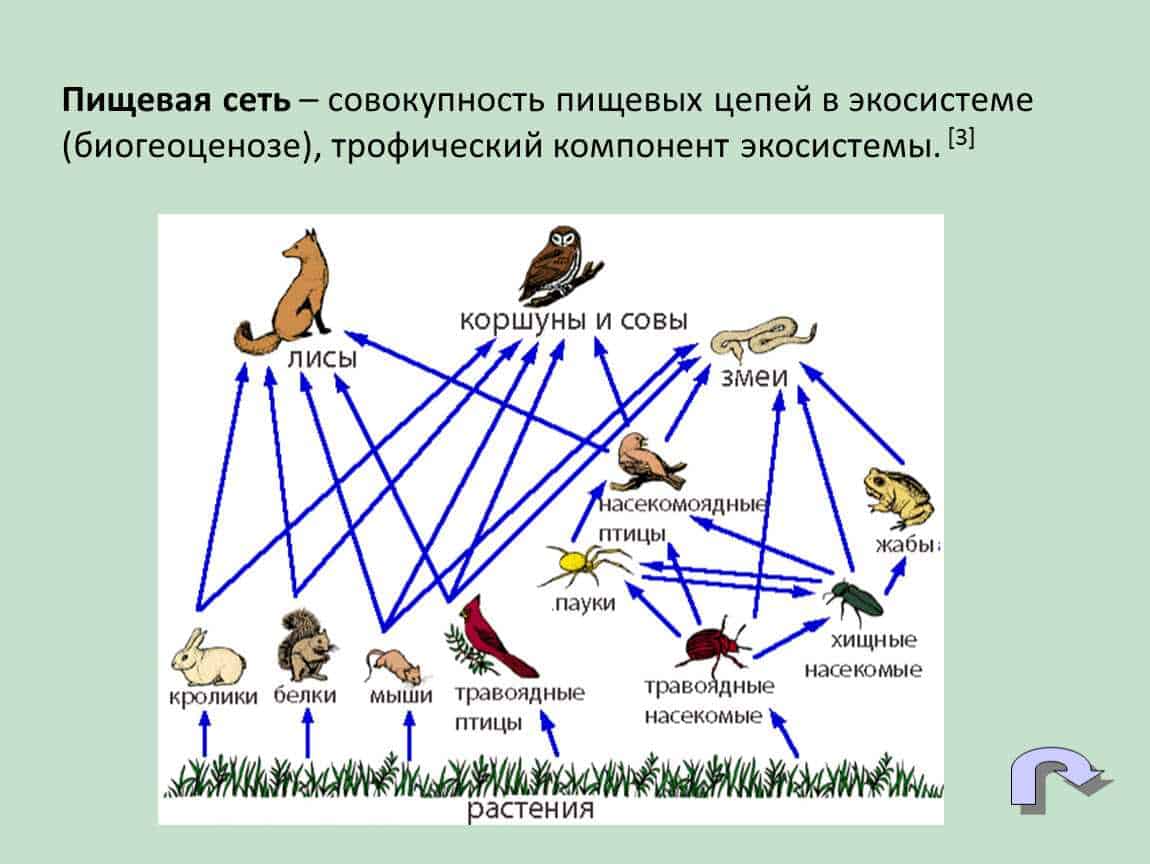
Butterflies are an important element of biodiversity and play an important role in maintaining the balance of nature. They serve as pollinators for many plants, playing a key role in their reproduction and distribution. Due to their ability to transfer pollen from one flower to another, butterflies promote fertilization and the formation of new plants.
Butterfly conservation has a direct impact on biodiversity. All species of butterflies interact with other organisms in their habitat, and their presence or absence can have a significant impact on the ecosystem as a whole. Some types of butterflies serve as food for other animals, including birds, lizards, and mammals. If these species become extinct, it could disrupt the food chain and reduce the abundance of other organisms.
The conservation of butterflies and their habitats is an important task for the conservation of biodiversity. One way to maintain butterflies is to create special gardens and areas with a high density of plants that attract butterflies. Such gardens offer butterflies favorable conditions for life and reproduction, as well as provide them with food and shelter. In addition, it is important to maintain the diversity of plants in the environment in order to ensure that butterflies have access to various food sources.
It is also important to limit the use of pesticides and other harmful substances that can negatively affect butterflies and their habitats. Butterflies are sensitive to chemicals and can die from exposure. Therefore, it is important to apply environmentally sound pest control practices and minimize the use of chemicals in agriculture and horticulture.
In general, the conservation of butterflies and their habitats is an important part of protecting biodiversity and maintaining the balance of nature. Butterflies perform important functions in an ecosystem, and their conservation helps maintain the health and resilience of natural communities.

